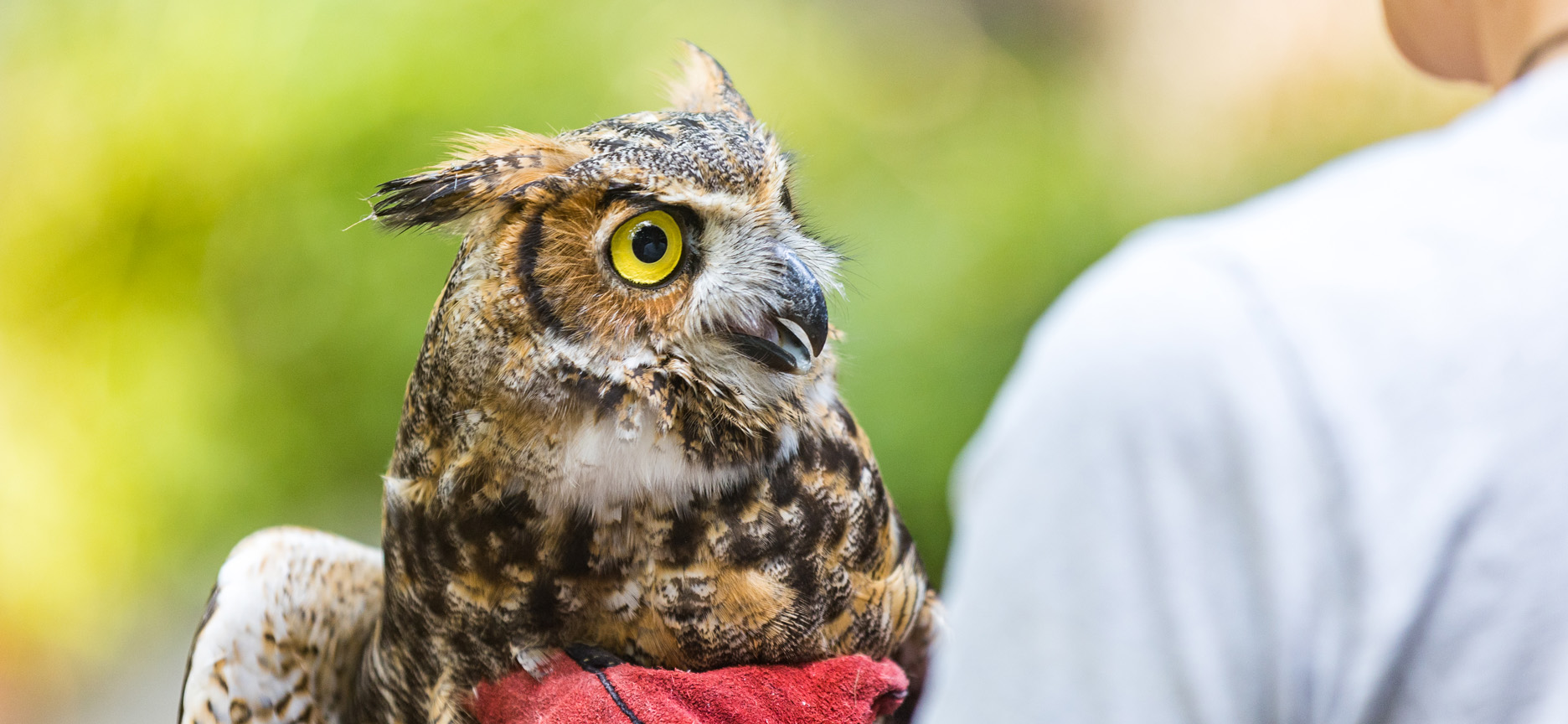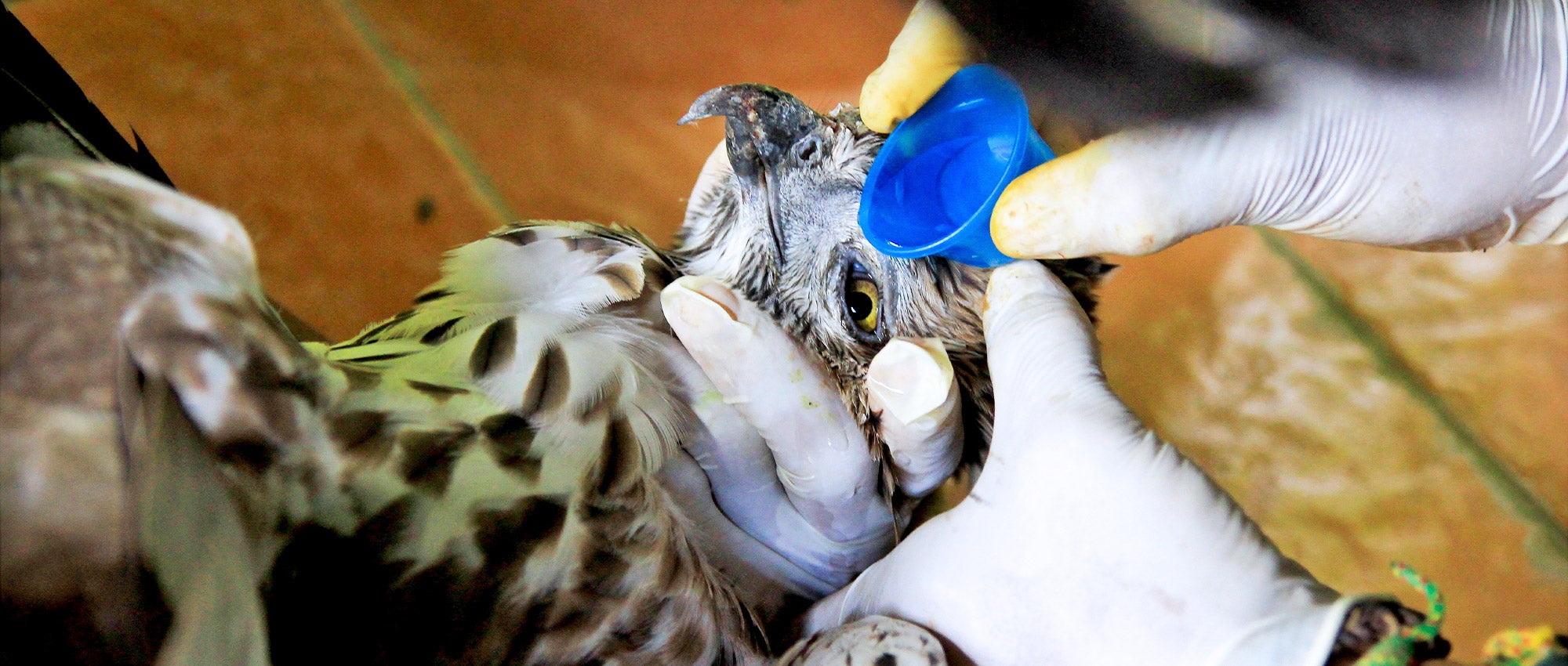Comprehensive Solutions for Wildlife Removal Burlington: Shielding Your Home
Wiki Article
Common Challenges and Solutions in Urban Wild Animals Removal Efforts
Urban atmospheres present one-of-a-kind difficulties for wildlife management experts charged with taking care of or eliminating wild animals populaces. These obstacles usually intersect with moral factors to consider, lawful structures, and the security of both human beings and animals. Public resistance and mistaken beliefs further complicate these initiatives, requiring ingenious, non-lethal services and durable neighborhood outreach. Recognizing the intricacies involved in metropolitan wild animals elimination is vital for establishing methods that stabilize human safety with wild animals welfare. What methods have verified most efficient, and just how can neighborhoods be better involved to sustain these efforts? This discourse seeks to uncover the complex equilibrium required for effective city wildlife management.Ethical Wildlife Monitoring
Dealing with the intricacies of moral wildlife management needs a balance between human passions and the conservation of wildlife environments. In city settings, this equilibrium ends up being significantly difficult as human growth encroaches on wildlife habitats, resulting in regular human-animal interactions. Ethical wildlife management in these environments needs strategies that focus on humane treatment of animals while minimizing possible disputes.One of the core principles in ethical wild animals management is the avoidance of injury. This includes utilizing non-lethal techniques for wild animals elimination, such as exemption techniques that avoid pets from getting in human residences, or using deterrents that guide them far from city areas. Wild animals specialists are charged with employing methods that lessen stress and anxiety and injury to the animals, guaranteeing their welfare is thought about along with human safety and security.
It is essential to analyze the eco-friendly functions of metropolitan wild animals and exactly how their removal might influence local biodiversity. Inevitably, reliable ethical wild animals monitoring includes collaboration in between guardians, policymakers, and the public to sustain city ecological communities.
Browsing Legal Constraints
Browsing the legal landscape of urban wild animals elimination presents a complicated layer to the already difficult job of ethical wildlife administration. These regulations vary substantially throughout areas, requiring detailed understanding and compliance from those included in wild animals monitoring - burlington animal control.One significant obstacle is the consistent development of these regulations, typically driven by environmental modifications and social perspectives in the direction of wild animals preservation. Professionals need to stay educated regarding present legal requirements and upcoming legal modifications. Non-compliance can lead to considerable charges, legal ramifications, and reputational damage.
Furthermore, partnership with regional authorities can be essential in navigating these constraints properly. Structure partnerships with wild animals agencies and legal specialists can provide beneficial understandings and support. This cooperation makes sure that elimination efforts are not only lawful however likewise align with broader conservation goals. Thus, understanding and sticking to legal frameworks is not just a procedural necessity but a fundamental component of liable and lasting metropolitan wildlife monitoring.

Safety in Removal Practices
Making sure safety in wild animals removal methods is paramount to safeguarding both animal and human well-being. These efforts require a balanced approach that lessens threat while attaining the desired outcome of moving animals from metropolitan setups. A key problem in wild animals elimination is the possibility for injury or condition transmission to human beings, necessitating using personal protective devices (PPE) such as masks, safety glasses, and handwear covers. Trained experts ought to handle removals to prevent intensifying the circumstance, as untrained individuals may unintentionally harm themselves or the animals included.
Safe removal techniques also consist of using gentle traps designed to avoid injury. These traps have to be regularly monitored to make certain that animals are not left in distress. In addition, it is crucial to abide by guidelines that determine the suitable handling, transportation, and release of recorded wildlife, making certain that the animals are gone back to suitable habitats where they can grow without positioning further threats to urban atmospheres.
Moreover, education and learning and training for those associated with wild animals elimination are crucial. This ensures that all parties understand the most up to date safety and security methods and strategies, thereby decreasing the probability of crashes and advertising a harmonious coexistence between metropolitan occupants and wild animals.
Innovative Deterrent Solutions
While safety in wildlife elimination is important, stopping experiences with city wild animals via innovative deterrent services can substantially minimize the demand for such treatments. Urban settings, with their abundance of food and shelter, typically draw in wild animals like squirrels, raccoons, and pigeons, bring about possible problems. Innovations in modern technology and layout visit here have actually led the way for efficient and innovative deterrent techniques that lessen wild animals visibility without damage.One such option is making use of ultrasonic gadgets, which emit high-frequency sounds inaudible to human beings but undesirable for different wildlife species, driving them far from details areas. Furthermore, motion-activated sprinklers can hinder animals by stunning them with unexpected bursts of water, effectively preventing their return. These gadgets are specifically valuable in protecting yards and eco-friendly check these guys out spaces from foraging pets.

Moreover, the combination of clever illumination systems that readjust their brightness and shade can disrupt the nocturnal tasks of certain wild animals, minimizing their comfort in city setups. Physical obstacles, such as bird spikes and nettings, continue to function as sensible deterrents, stopping pets from nesting or roosting in undesirable locations. Stressing humane and eco-friendly methods, these innovations hold guarantee for lasting city wildlife administration.
Neighborhood Education And Learning Initiatives
Comprehending the relevance of community education efforts is crucial in dealing with metropolitan wild animals obstacles properly. Such campaigns play a significant role in promoting conjunction between people and wild animals in city setups by elevating recognition and advertising liable behaviors. Educating residents about local wildlife species, their habitats, and behaviors can reduce misunderstandings and worry, causing even more enlightened choices pertaining to wild animals monitoring.Area education and learning initiatives often consist of workshops, workshops, and outreach programs made to involve citizens of any ages. These efforts can concentrate on functional guidance, such as protecting waste containers, installing bird-friendly structures, and preventing feeding wildlife, which helps protect against bring in animals into urban locations. By distributing understanding about the ecological duties of wild animals, neighborhoods can shift perspectives from watching pets as problems to identifying their value within city ecosystems.
Locals who recognize the value of wild animals conservation are a lot more most likely to sustain humane elimination techniques and environment protection actions - animal control Burlington. Efficient area education and learning requires partnership between regional authorities, wild animals specialists, and community leaders to establish tailored programs that resolve certain metropolitan wild animals concerns.
Verdict
Urban wild animals removal calls for a diverse approach, resolving honest management, legal compliance, and safety and security in removal practices. Effective urban wild animals administration pivots on partnership among authorities, residents, and specialists, making sure strategies that guard human safety while valuing wildlife well-being.Urban environments present one-of-a-kind challenges for wild find out here now animals management experts entrusted with eliminating or taking care of wild animals populations. Comprehending the intricacies entailed in metropolitan wild animals removal is crucial for establishing strategies that balance human security with wild animals well-being.Navigating the legal landscape of metropolitan wild animals elimination presents an intricate layer to the already challenging job of moral wildlife administration.While security in wild animals elimination is vital, avoiding encounters with metropolitan wildlife with cutting-edge deterrent solutions can considerably minimize the demand for such treatments. Effective city wild animals management hinges on collaboration among experts, citizens, and authorities, guaranteeing techniques that protect human security while respecting wildlife welfare.
Report this wiki page